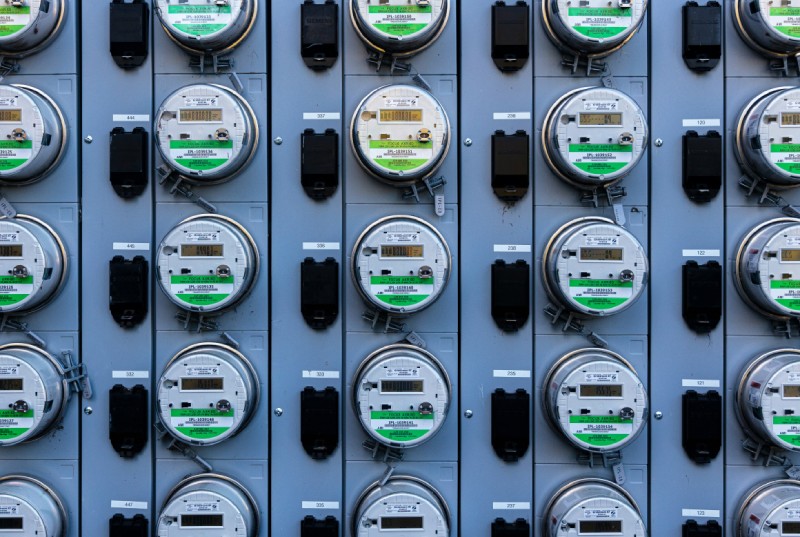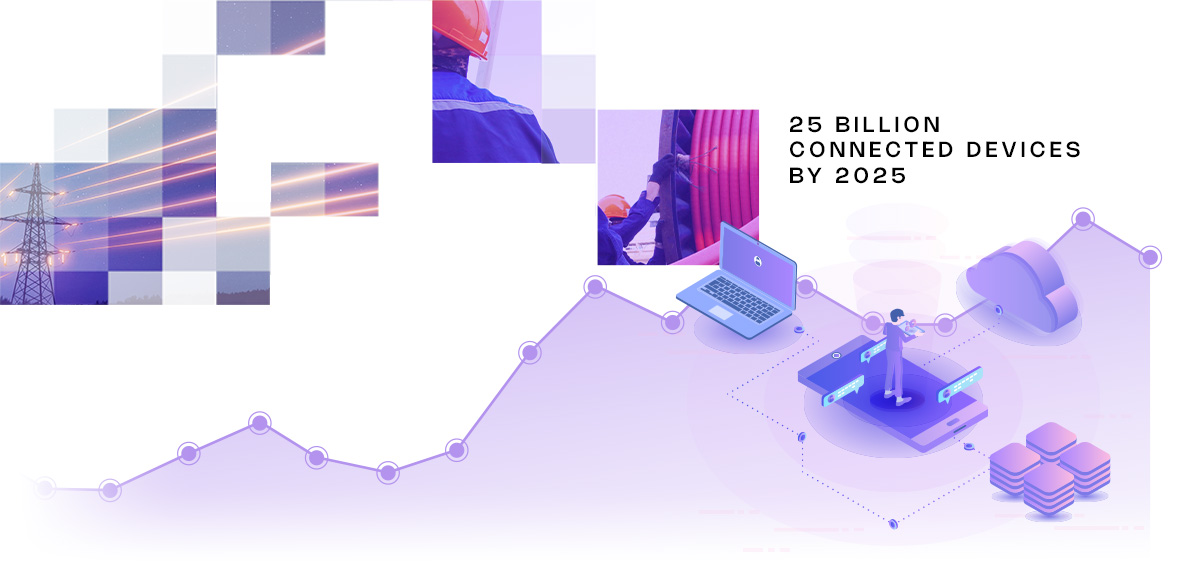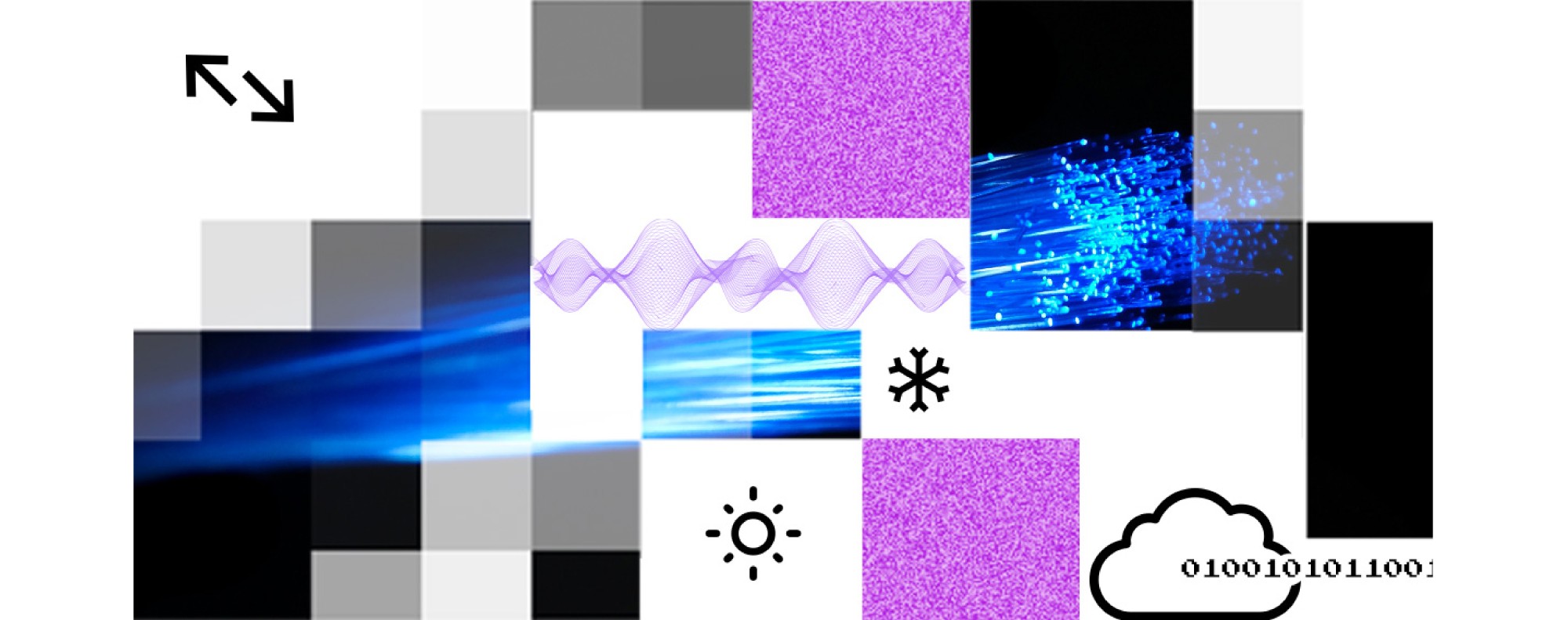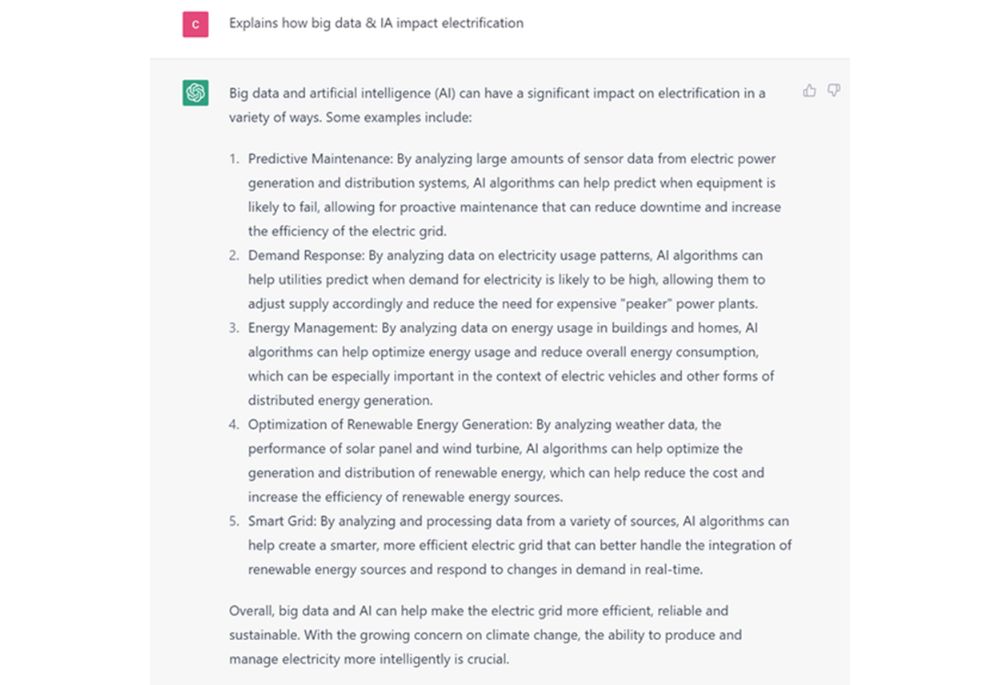Operating possibilities and design of a digital twin
Digital twins are tools available to a wide range of users and many different functions can benefit from their implementation:
- Designers and engineers can build network architectures that are optimized for efficiency and cost, or simulate the resistance of a machine under severe environmental conditions (for example, the behavior of an aircraft turbine vibrating at a high frequency).
- Supply chain and production managers can monitor systems, such as an electrical network, logistics flows, and anticipate malfunctions or failures (for example, they can anticipate the impact over the entire chain of supply of a major disruption of logistics flows or raw material shortage).
- Investment planners and managers can assess the impacts of alternative arbitration scenarios between maintenance opex and investment capex.
Digital Twins rely on three major building blocks:
- Collection & organization of real world data to create the virtual replica. This step is not only based on data but also collects physical equations, modelling when it exists of the interaction between the components of the system.
- Processing by the user of the data through an interface to perform configuration as well as visualize the simulation results and therefore “interact” with the digital twin
- Analytics and computing power made possible by cloud technologies capable of processing massive amounts of data and modeling very complex multidimensional systems and their interactions
As is true with any major digital transformation program, implementing cybersecurity risk assessment routines, mitigation procedures, and a dedicated organization are important pre-requisites before launching a digital twin program.
By 2027, companies and other players in this market are expected to spend up to $73 billion on digital twins, and the market is expected to grow by 30 to 45%. In addition, the digital twins could increase speed to market by 50% and the quality of products offered by 25%.
What are the main advantages of digital twins?
Companies that embrace a dedicated digital twin design strategy can unleash substantial value
- Ability to make more informed decisions in complex environments through a better understanding of the impact on multiple indicators of multiple possibilities. it is a decision support tool that is capable of running thousands or hundreds of thousands of scenarios and analysing their consequences and bottlenecks
- Strengthening risk management by testing mitigation plans to respond to extreme scenarios (for example, simulating the spread of a fire in a building to identify optimal escape routes)
- Ability to react in near-real time to the status of critical equipment (for example by balancing the load of the power grid to reduce or eliminate local congestion)
- Shorter new product development cycles through virtual testing of alternative prototypes, designed-to-cost
- Reduced operating costs through an optimization of the productivity and efficiency of manufacturing lines.
- Improved product quality through real-time sensor monitoring and better control of production process parameters
- Creation of customized services and new offerings and business models: moving from periodic maintenance to predictive maintenance
- Knowledge management and sharing such as the codification of informal, best practices implemented on the shop floor into standard operating procedures
How Nexans uses digital twins for decarbonized electrification?
The world around us, our lives, and our mobility will need to be more electric in the future as electrification is one of the immediately actionable lever to fight and limit the impacts of climate change. The energy grids must be reliable, however, as an electric future will not afford blackouts. The more dependent on the grid we become, the more resilient these systems must also become.
In partnership with Cosmo Tech and Microsoft, Nexans is developing a digital twin solution dedicated to electrical networks. The grid operators will benefit from a powerful software allowing them to reduce their carbon footprint by adopting new investment and maintenance policies while at the same time preserving their profitability by maximizing the value of their infrastructure.
Leveraging real world data, Nexans acts also on the installation, operation, and maintenance of electrical networks.. Leveraging the data from sensors installed on the network, Nexans provides a near real-time view of the areas of congestion on the network and can also detect and localize imminent failures before they occur.
To achieve its objectives in terms of financial, environmental and social dimensions, Nexans has built its own Digital Twin solution E³, a business performance tools that is as powerful as it is unique. This tool measures and monitors the performance on the basis of three KPIs, i.e., Return on Invested Capital, Environmental Return on Carbon Employed, and Return on Skills Employed.
What is the main takeaway of digital twins?
The digital twin brings augmented intelligence to human skills. Its design and deployment use modeling tools, data analytics and lots of computing power to predict different outcomes to scenarios across business. One of the great advantages of digital twins is that they take into account future data, future interactions or equations between components that do not necessarily exist in past data.
Sitting at the crossroads of artificial intelligence, data analytics, and the Internet of Things, digital twins open untapped pools of productivity and performance to a variety of users. From engineering and supply chain managers to c-level decision makers, digital twins move the future forward.





















